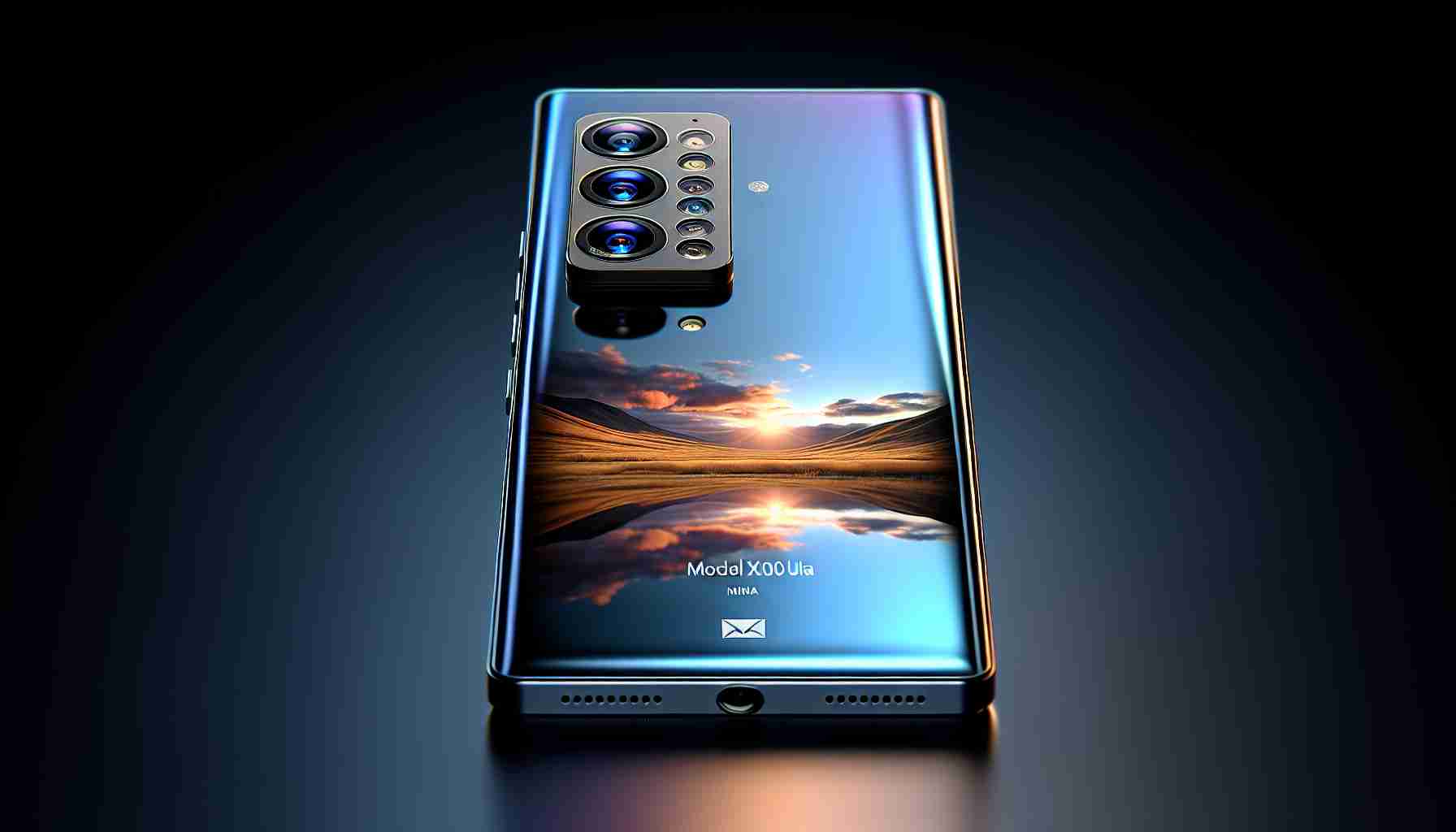The launch of Vivo’s new masterpiece – Vivo has just raised the bar in the world of mobile photography with the introduction of the Vivo X100 Ultra, its groundbreaking camera-centric smartphone. Tailored for those seeking a professional camera experience on a mobile device, this flagship marvel is poised to compete with the likes of the Xiaomi 14 Ultra for the title of the ultimate camera phone.
Exploring the camera capabilities – The Vivo X100 Ultra’s camera capabilities are a spectacle to behold, designed in partnership with Zeiss to capture images with precision and clarity. The device sports a 1-inch Sony Lytia 900 sensor for its primary camera with an f/1.75 aperture, mirroring that of its Xiaomi counterpart. Supporting this main sensor is a duo of lens mastery: a 50-megapixel ultra-wide-angle camera and a trailblazing 200-megapixel telephoto zoom camera. The telephoto lens promises a 3.7x optical zoom and up to 100x digital zoom, ideal for both amateur and professional photography enthusiasts.
An array of imaging modes enhances the creative potential, including a street photography mode, color styles, and a suite of Zeiss-tuned selections, including monochrome settings.
High-resolution video capabilities – In the realm of motion, the X100 Ultra is equipped to record 4K videos at an astounding 120 fps and 4K HDR footage at 60 fps. Supported by the Vivo V3 image processor, it also allows users to record in Dolby Vision, elevating videography to cinematic heights.
Specifications and design – The technical prowess extends to its internals, with the Vivo X100 Ultra powered by a Snapdragon 8 Gen 3 chipset and complemented by up to 16 GB of RAM and a terabyte of storage. The brilliant AMOLED display provided by Samsung stretches to 6.78 inches with a crisp resolution and adaptive refresh rate technology.
Despite its slim profile of just 7.8 mm, it boasts a robust 5,500 mAh battery capable of extended 4K recording sessions and quick 100-watt charging. Remarkably, the device also carries an IP69 certification, typically seen in more rugged devices.
Pricing and release details – Set to debut in China on May 28, 2024, the Vivo X100 Ultra starts at 6,500 yuan (around 833 euros) for the 12 GB RAM and 256 GB storage variant. The top-tier model with 16 GB of RAM and 1 TB of storage will be available for 7,999 yuan (approximately 1,025 euros), with support for LTE band 20 lending appeal to European importers.
Additional Context and Relevance:
The mobile phone market is highly competitive, especially in the smartphone segment dedicated to photography. Brands like Apple, Samsung, and Huawei have traditionally dominated this space with their advanced camera systems. Vivo’s partnership with Zeiss is significant, as it’s a recognized name in high-quality optics and has previously collaborated with Nokia and Sony on their camera technologies.
When Vivo introduces a smartphone with a 1-inch sensor, it’s significant because such large sensors are typically found in advanced compact cameras and are known for their superior image quality, particularly in low light conditions. This mirrors a trend in the industry where mobile photography is increasingly bridging the gap with professional photography gear.
Key Questions and Answers:
What makes the Vivo X100 Ultra stand out in the market?
– The Vivo X100 Ultra showcases an impressive camera system with a large 1-inch sensor and a high-resolution 200-megapixel telephoto camera, all tuned by Zeiss optics, which positions it as a formidable contender in the high-end camera phone market.
What kind of chipset does the Vivo X100 Ultra use?
– The smartphone is powered by a Snapdragon 8 Gen 3 chipset, indicating it’s equipped with one of the latest and most powerful processors available for mobile devices, ensuring smooth performance and multitasking capabilities.
How does the Vivo X100 Ultra accommodate video creators?
– The device’s ability to record 4K videos at 120 fps and 4K HDR footage at 60 fps, alongside the Vivo V3 image processor that supports Dolby Vision recording, makes it a strong tool for videographers looking for high-quality video capabilities in a smartphone.
Challenges and Controversies:
Competition: The main challenge for the Vivo X100 Ultra will be standing out in a saturated market where competitors like Apple, Samsung, and Google have established a strong presence. These competitors also have their ecosystems and strong brand loyalty, which Vivo has to contest with.
Market Availability: The fact that the Vivo X100 Ultra is initially launching in China may limit its immediate global impact. Depending on its success, Vivo could decide to expand its availability, but this introduces challenges such as adapting to different market needs and regulatory environments.
Advantages and Disadvantages:
Advantages:
– The professional-grade camera system with a large sensor and high-resolution telephoto lens.
– The partnership with Zeiss could lead to superior image quality and brand trust.
– Powerful internals with leading-edge Snapdragon chipset, ample RAM, and storage options.
– The high-capacity battery with fast charging is well-suited for extensive camera use.
Disadvantages:
– Price may be prohibitive for some users compared to other brands or models.
– Limited initial release may affect global consumers who are interested in the device.
– Carrying the latest technologies might make the device a target for rapid obsolescence as newer models emerge.
For further information about the brand and its offerings, here’s the official website link: Vivo Official Website. Please note, it’s always good practice to check the website directly for the most current information and updates on product availability and specifications.
The source of the article is from the blog rugbynews.at
